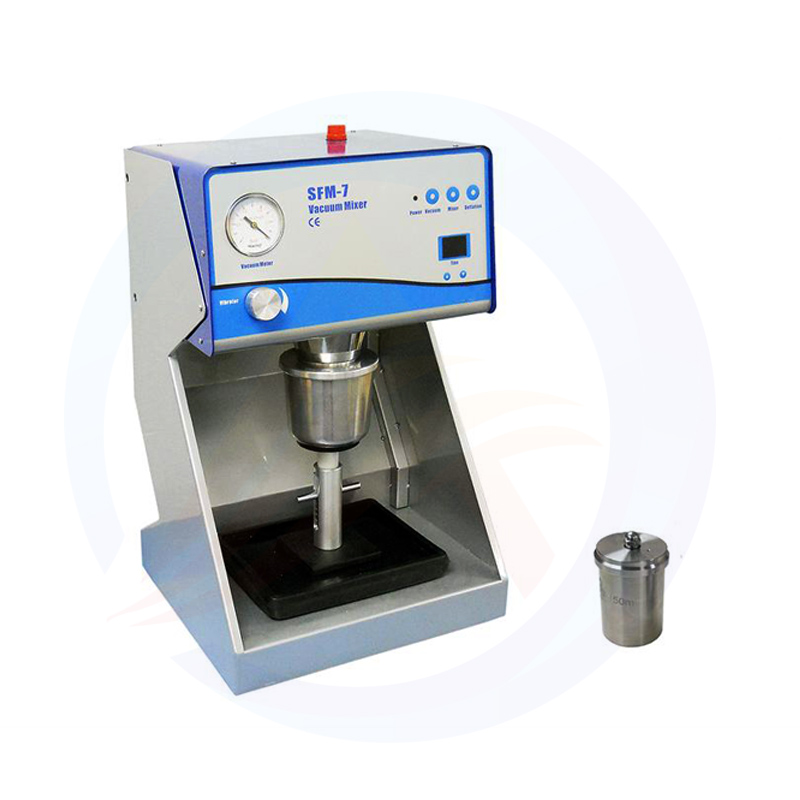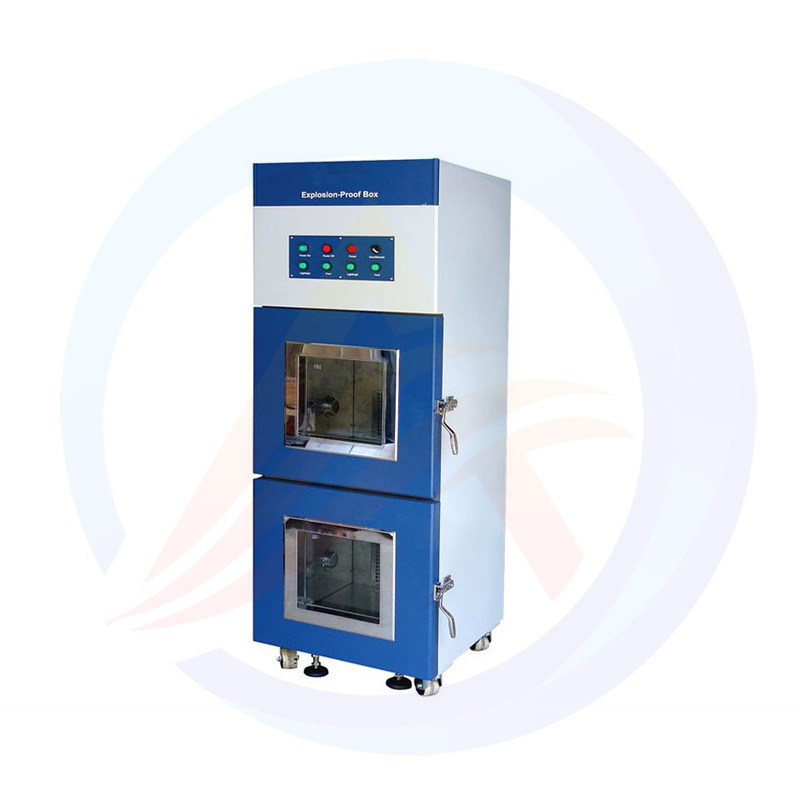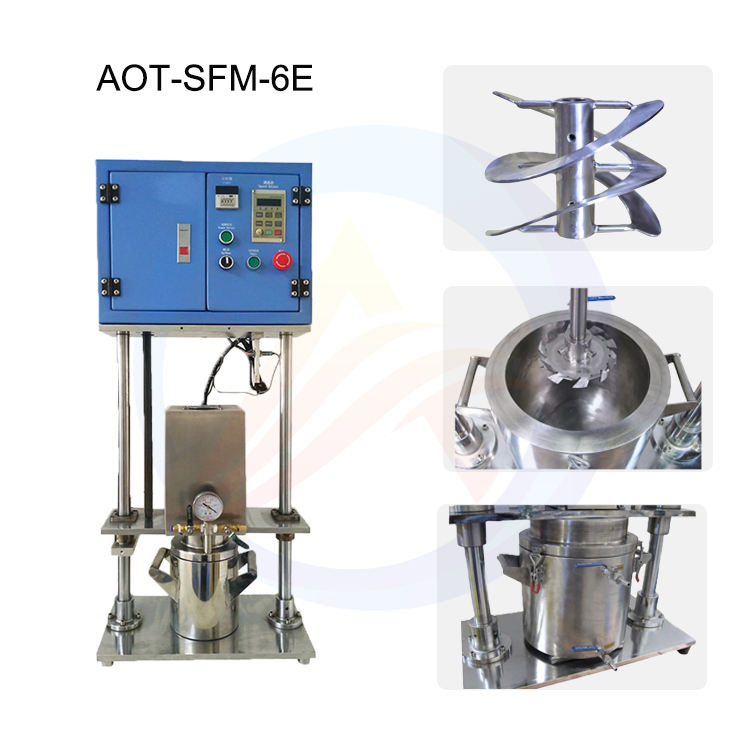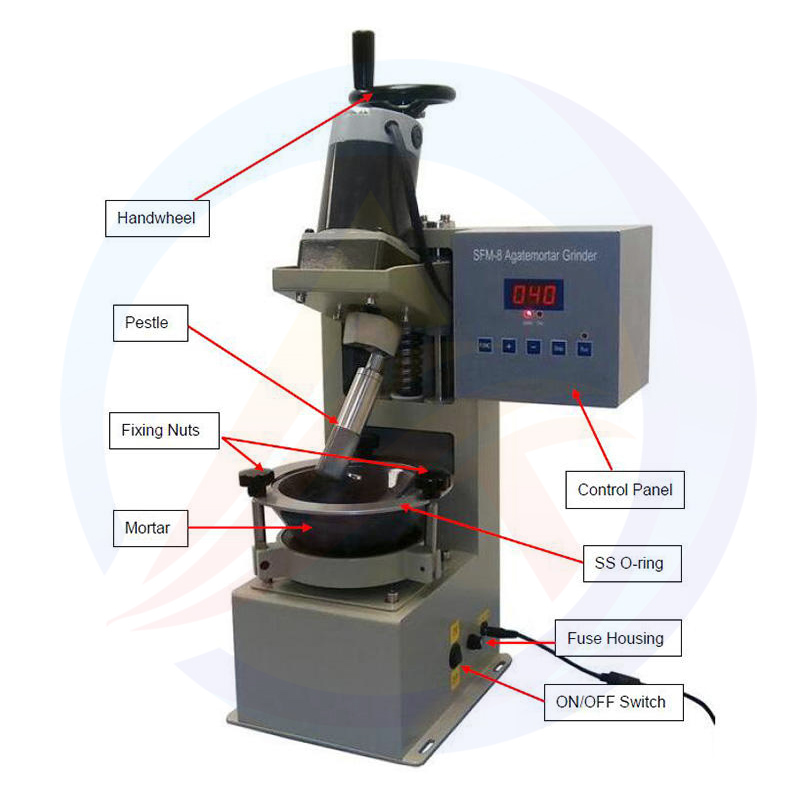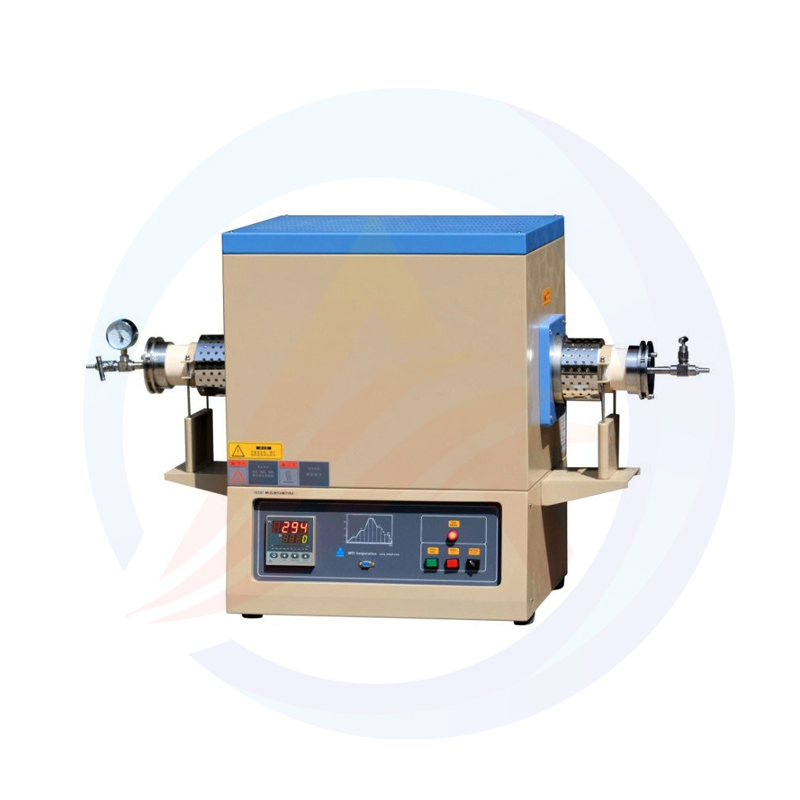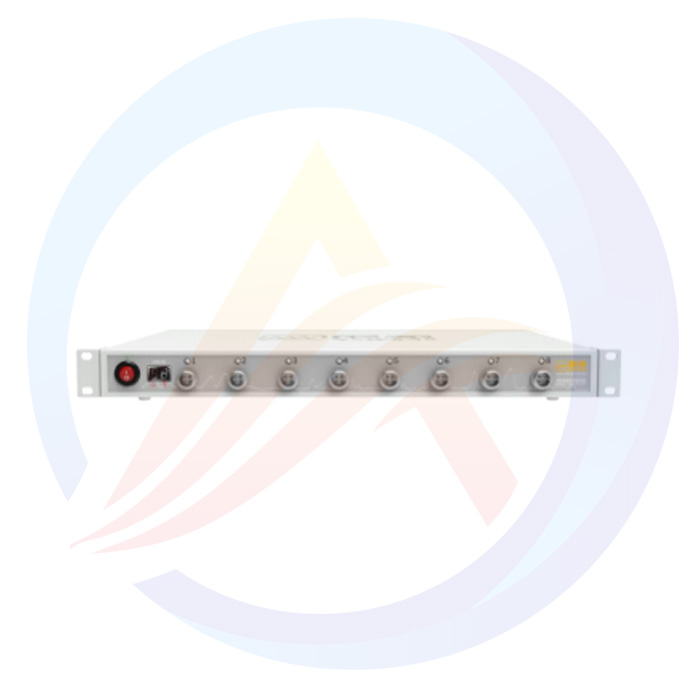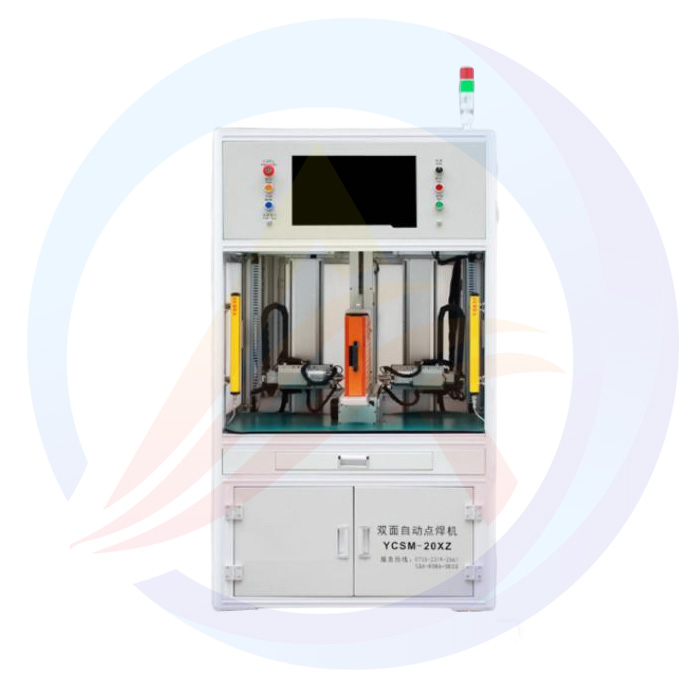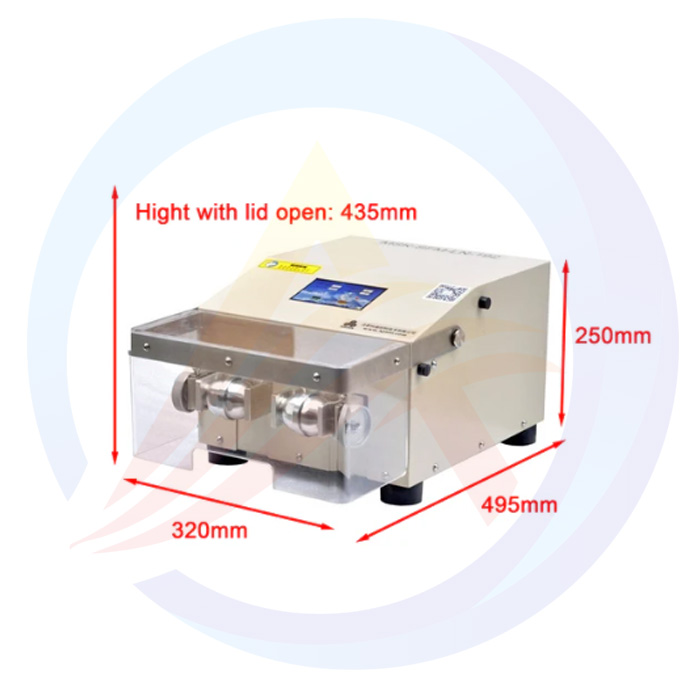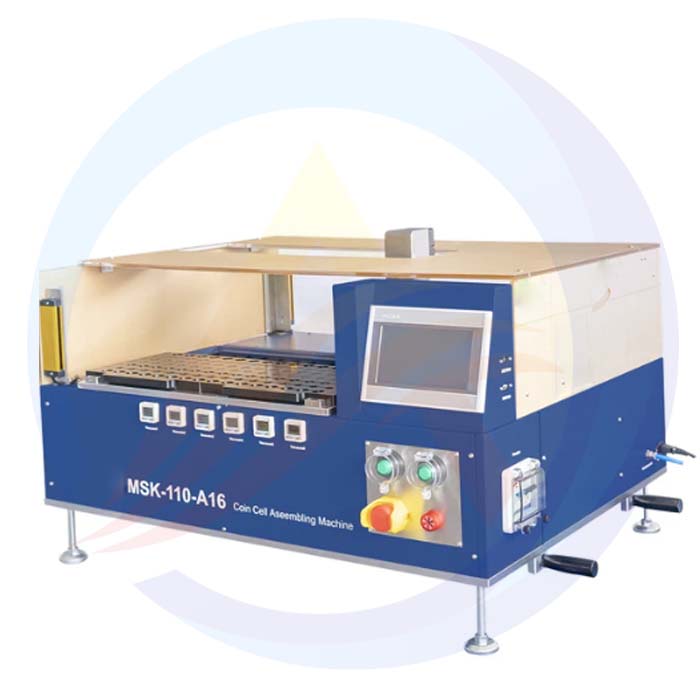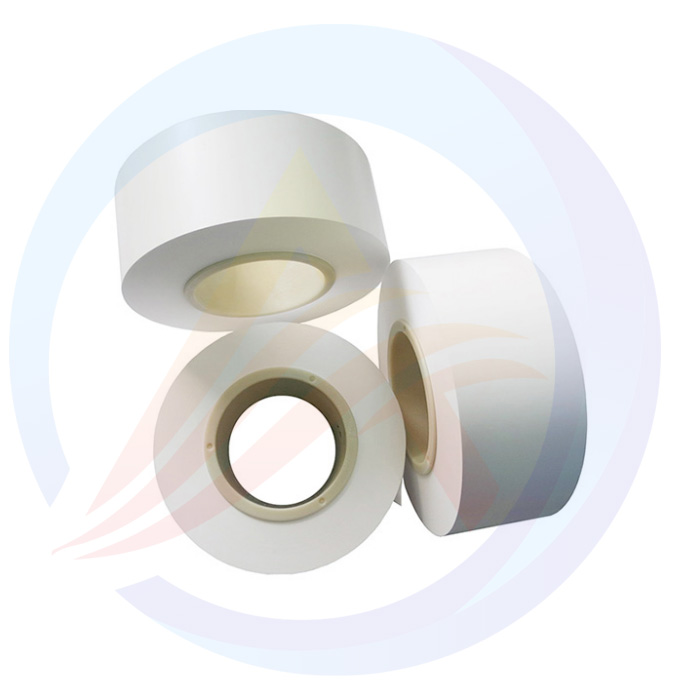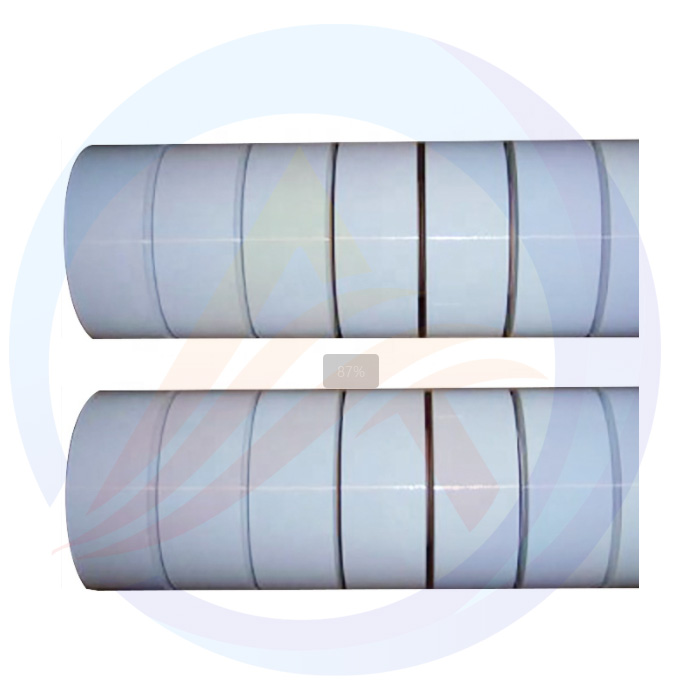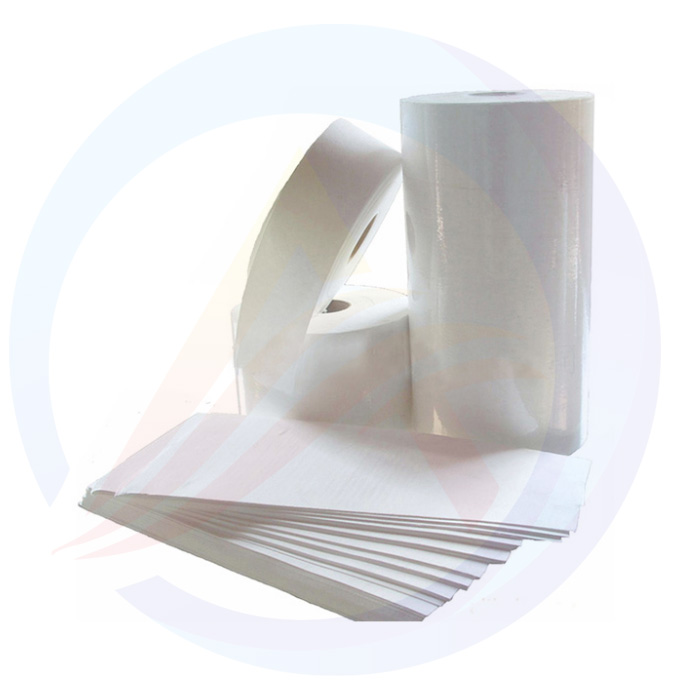The PE battery separator for lithium batteries is made of polypropylene material and features a micro-porous structure. It can isolate the positive and negative electrodes to prevent short circuits while allowing lithium ions to pass through. It features excellent chemical stability, mechanical strength and high-temperature resistance (melting point approximately 160-170℃), and is commonly used as a single-layer film or in combination with PE (such as a three-layer structure of PP/PE/PP) to enhance puncture strength and thermal stability. It is widely used in power and energy storage batteries. Through the biaxial stretching process, the pore size and porosity are controlled to ensure the battery's cycle life and safety.
Product model | AOT-WS-20(Wet-process PE separator) |
Serial number | Test items | Testing tools, instruments and equipment | Parameters |
1 | Appearance | Other appearances | Visual estimation | The surface is smooth, the winding is neat, and there are no wrinkles, dirt or other defects |
2 | Slit width (mm) | Caliper | +0.5 |
3 | Thickness (um) | Micrometer | 20.0±2.0 |
4 | Surface density (g/m ²) | Electronic balance | 11.0±1.0 |
| Air permeability (sec/100cc) | Air permeability tester | 200±50 |
6 | Porosity of the base film (%) | Micrometer, electronic balance, air permeability tester | 45±5% |
7 | Needle-puncture strength (gf | Electronic universal testing machine | >=600 |
8 | Tensile strength (kgf/cm ²) | MD | Electronic universal testing machine | ≥1500 |
|
| TD |
|
|
9 | Thermal contraction | MD | Oven, ruler | <=3.0% |
|
| TD |
| <=1.0% |
10 | Outer packaging | The inner part is sealed in a transparent white sealed plastic bag. The pallets and central paper tubes are suspended and fixed. The outer part is packed in a cardboard box. The outer box is marked with the model, quantity, shipping date, etc. |
Precautions | Handle with care to avoid hitting hard objects and damaging the diaphragm. The unused diaphragm must be put back into the plastic bag for storage. The storage temperature should be 25+5℃ and the humidity should be 50%. |
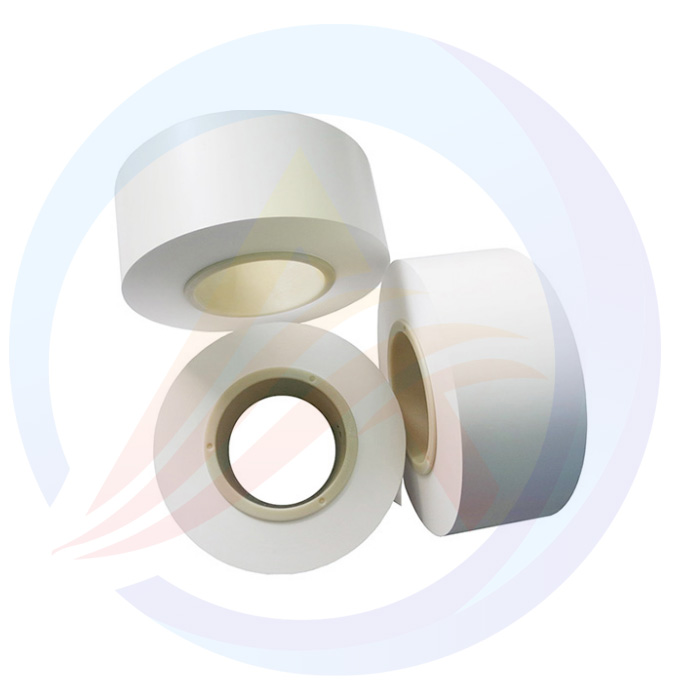
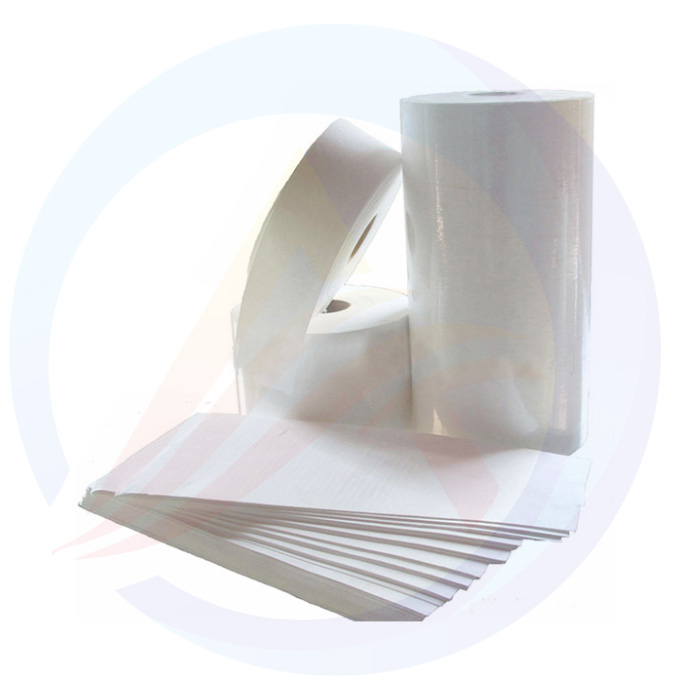
Company Profile
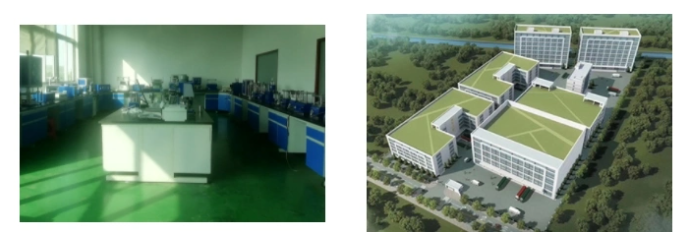
Xiamen AOT battery equipment Technology Co LTD was set up as a manufacturer in 2006. We have total manufacturing facilities of around 4, 000 square meters and more than 65 staff. Owning a group of experienced engineers and staffs, we can bring you not only reliable products and technology, but also excellent services and real value you will expect and enjoy. AOT Battery has been focused on product development and operations of lithium battery and its surrounding, we supply full kinds of lithium-ion battery equipment, lab battery raw materials and lithium-ion battery research and development technology.

Exhibition
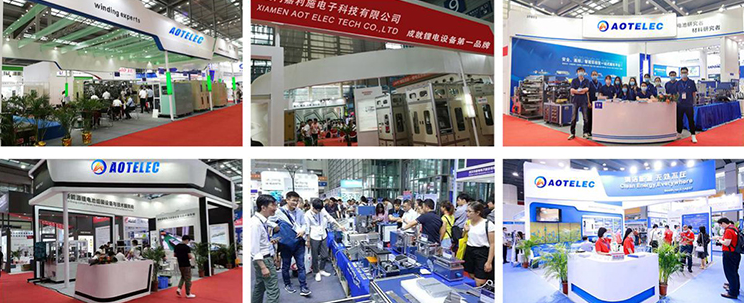
AOT Lithium Battery Equipment exhibition provides exhibitors and visitors with a comprehensive platform for display, exchange, cooperation and trade. By participating in the exhibition, enterprises can understand the industry dynamics, expand market channels, enhance brand image and promote technological innovation and industrial upgrading.
Certificate
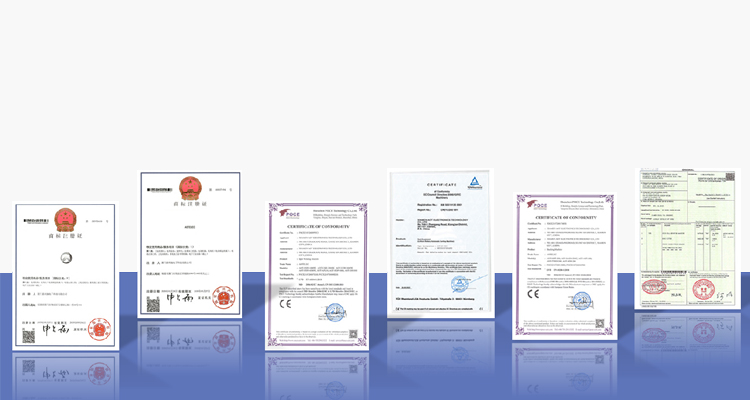
Cooperative Partner

FAQ
Q1:What is a battery separator?
A: Its main function is to isolate the positive and negative electrodes to prevent short circuits, while allowing lithium ions to pass through to ensure the battery's charging and discharging. It is usually made of high molecular materials such as polyethylene (PE) and polypropylene (PP), and has a microporous structure. The performance of the separator (such as thickness, porosity, puncture resistance, etc.) directly affects the safety, capacity and cycle life of the battery, and is one of the core materials that determine the performance of lithium batteries
Q2:The function of battery separator
A: The battery separator is a core component of lithium batteries. Its main function is to isolate the positive and negative electrodes to prevent short circuits. At the same time, it allows lithium ions to pass freely through the micro-porous structure, ensuring the battery's charging and discharging functions. Its performance (such as thickness, porosity, strength, etc.) directly affects the safety, energy density and cycle life of the battery. High-quality battery separator need to have both high insulation and ionic conductivity, and are one of the key materials for improving the comprehensive performance of lithium batteries.
Q3:How to choose a battery separator
A: Material properties: Prioritize the selection of PE/PP base or composite diaphragms that are resistant to puncture and high temperatures to ensure safety.
Microporous structure: Porosity (40%-50% is appropriate) and pore size (10-20nm) need to balance ion conduction and barrier capacity.
Compatible battery types: Power batteries focus on high-strength separators, while energy storage batteries can be selected in thick specifications to enhance safety.
Q4:How to use a battery separator
A: The use of battery separator requires being embedded between the positive and negative electrodes during the lithium battery assembly process. First, cut the diaphragm to the designed size to ensure that it completely covers the edge of the electrode to prevent short circuits. Then, through winding or laminating processes, the separator is tightly isolated from the positive and negative electrodes, while ensuring the normal conduction of lithium ions through the micropores
Q5:What's the difference between PE and PP battery separators? Which is better for high-energy-density batteries?
A:Neither a single PE nor PP battery separator can fully meet all the requirements of high energy density batteries. At present, the separator materials commonly used in global automotive power lithium-ion batteries include three-layer PP/PE/PP, double-layer PP/PE, as well as PP + ceramic coating and PE + ceramic coating. By means of compounding or coating, the advantages of both are combined to better meet the requirements of high energy density batteries in terms of safety, energy density, charge and discharge performance, and other aspects

